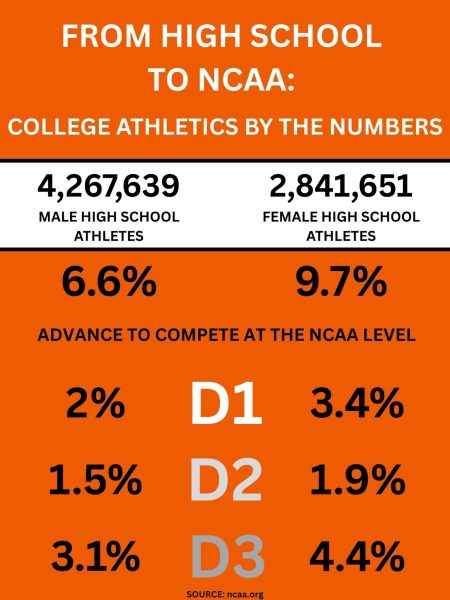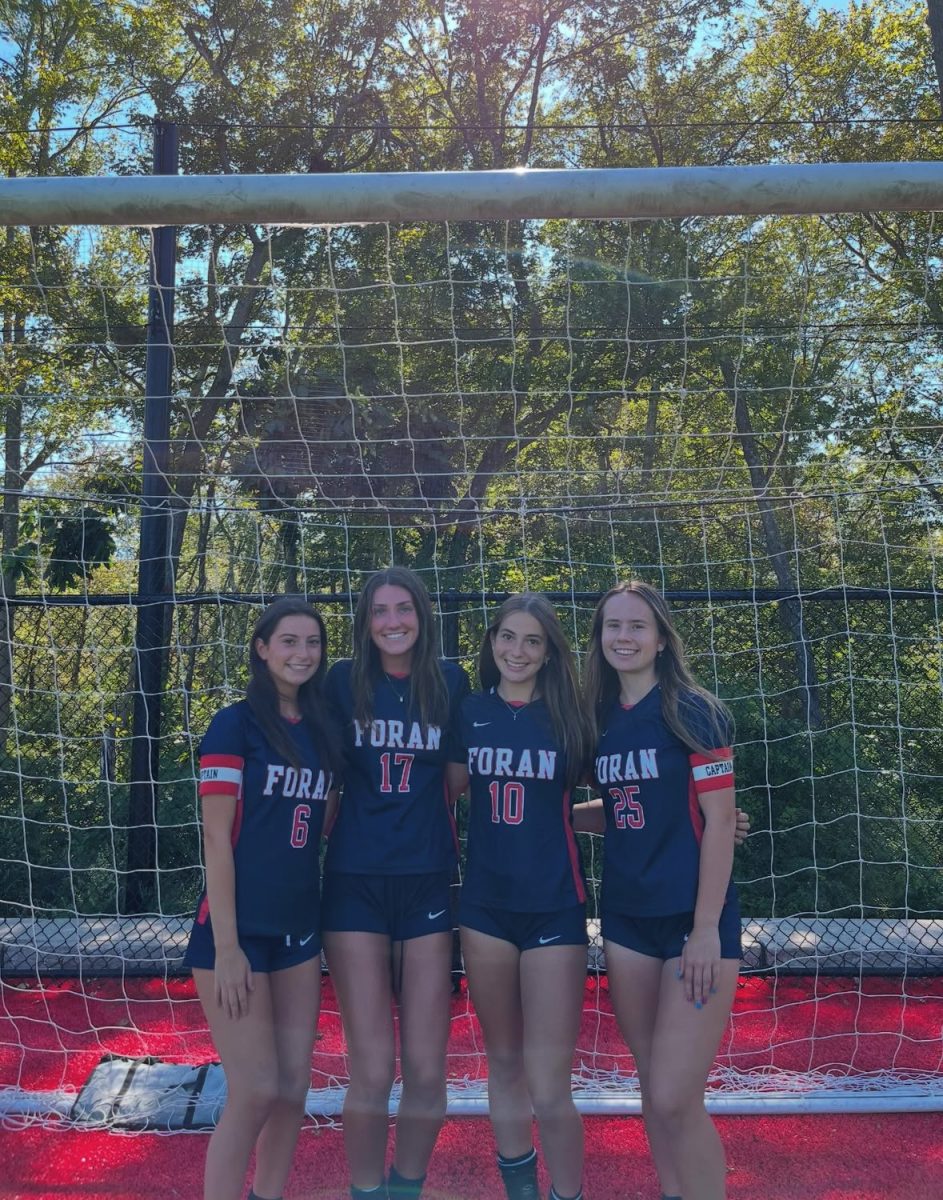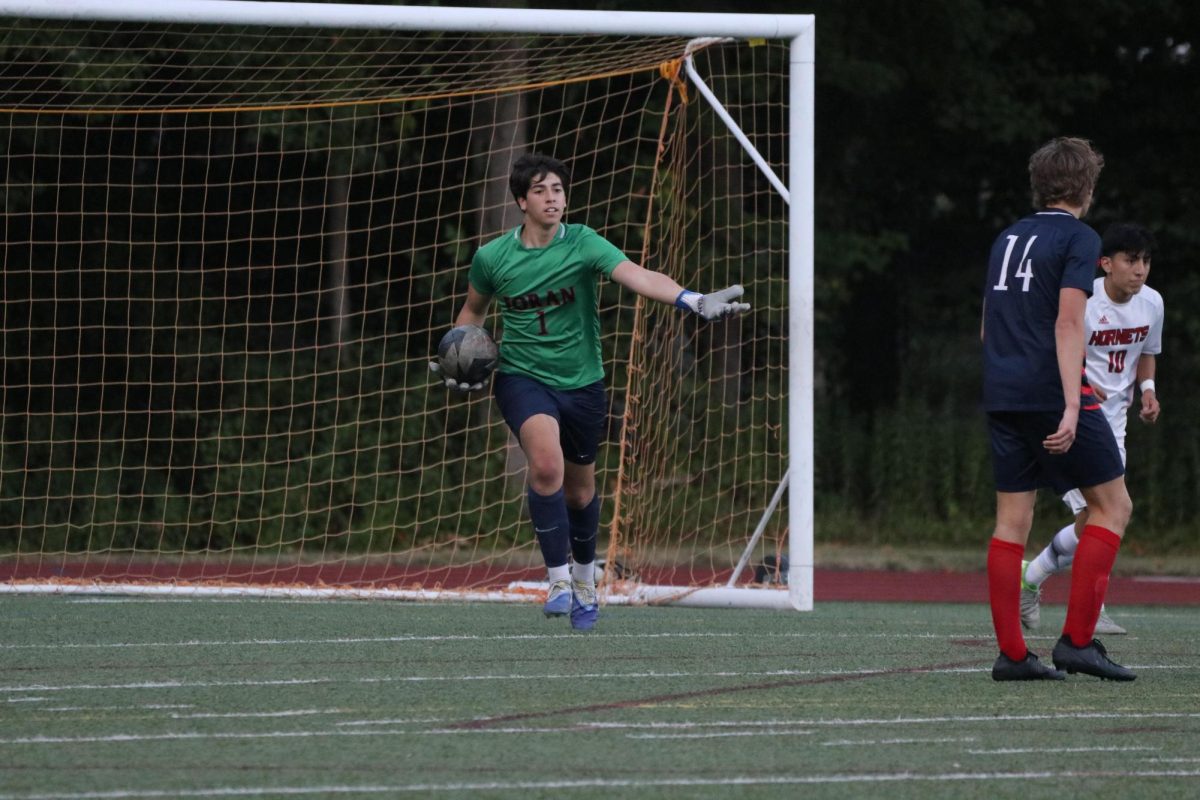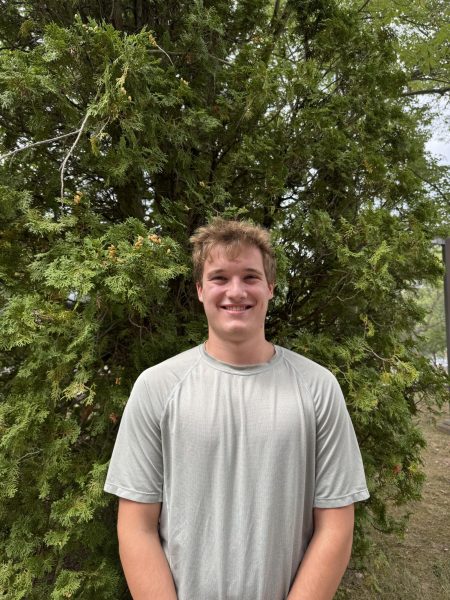According to ncaa.org, 2.7 % of high school athletes play Division I athletics at an NCAA school, 1.7% play Division II, and 3.7% play Division III.

Many high school student-athletes dream of playing their sport at the college level, but the recruitment process, while exciting, can often be very confusing and competitive. With colleges typically reaching out during the spring of the junior year, students must be proactive to make themselves stand out.
At Foran, several student-athletes have committed to playing varsity sports in college, while others are in the process of their recruitment journey. From reaching out to coaches to attending showcases, many steps are involved in securing a spot on a college team. Navigating this process requires dedication, planning, and the right guidance to turn young athletes’ aspirations into opportunities.
Athletic Director Mr. Jeff Raucci has witnessed the process from both a coach and administrator perspective. His biggest piece of advice? Start early.
“I think the best advice is for student-athletes to get involved in any sports they are interested in early on (freshman and sophomore year). From there, they can dissect what they enjoyed and what they want to continue pursuing,” says Raucci.
The college sports recruitment process can be very complicated, which is why Raucci finds communication between athletes and coaches to be crucial. Rather than trying to navigate the process on their own, students should lean on their coaches as resources and advocates.
“All of our head coaches are well-versed in getting our student-athletes to the next level if the possibility is there,” Raucci states. “Constant communication with your coach can really help maneuver those next steps.”
Senior Julia O’Connell, who committed to playing softball at Amherst College, emphasised the importance of outreach and consistent communication with coaches.
“Steps I took to get noticed by college coaches included: sending emails showing my interest in the school and softball program, sending coaches my schedule for my showcase games a week in advance, attending college camps on campus, and talking to the coaches afterward.”
Like many athletes, O’Connell faced challenges with the ups and downs of the recruitment process.
“Organizing the process of reaching out to coaches and getting them to pay attention, and dealing with the quiet periods where coaches stopped responding—that was tough,” she explains. “But it is common for coaches to stop responding. Don’t let the ‘quiet periods’ discourage you.”
One major decision that high school athletes considering pursuing college sports face is whether to specialize in one sport or continue playing multiple. While some athletes benefit from focusing on a single sport, Raucci believes that student-athletes should keep their options open.
“In many cases, the athletes who focus on strictly one sport since freshman year with the intention of playing at the college level just miss out on the other sports they could have excelled at,” he reasons.
For student-athletes, the path to college sports differs for everyone, but the key to success lies in preparation, dedication, and persistence. With guidance from coaches, support from families, and a clear focus on their goals, many athletes are taking meaningful steps toward continuing their athletic careers beyond high school.









